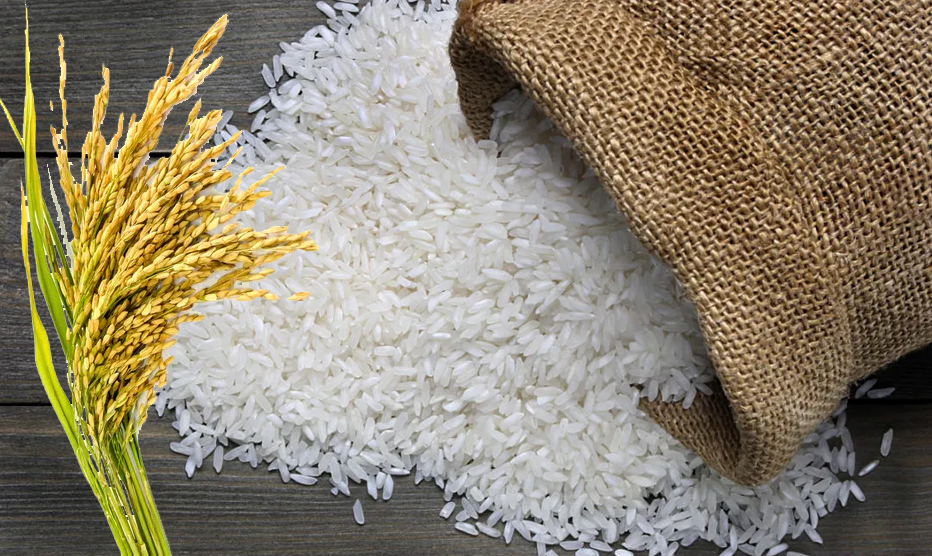
Decoding the Export Ban on Broken Rice and its Connection to Ethanol Blending.
The recent imposition of a ban on broken rice exports has sparked discussions about its implications and connections, particularly with the ethanol blending programme. The ban, introduced by the Centre on September 9, has introduced various measures impacting rice trade and agriculture.
Export Ban Overview
The ban specifically targets the export of broken rice and introduces an export duty of 20% on different forms of rice, excluding basmati and parboiled rice. The primary objective behind these measures is to ensure a stable supply of broken rice for domestic use, particularly in the poultry industry and as animal feedstock. These steps also play a significant role in sustaining ethanol production, a crucial component of the Union government’s Ethanol Blending Programme (EBP).
Synergy with Ethanol Blending
One notable connection emerging from this ban is its alignment with the Ethanol Blending Programme. By guaranteeing sufficient broken rice availability, the ban supports the production of ethanol. Ethanol, a renewable energy source derived from agricultural products, is blended with fossil fuels to create cleaner-burning biofuels. A consistent supply of broken rice ensures that the production of ethanol remains robust, fostering the success of the EBP and the nation’s efforts toward sustainable energy.
Balancing Domestic and Global Impact
While these measures have been taken to ensure domestic needs are met, there are wider repercussions in terms of global food trade. Countries reliant on Indian food exports might feel the impact, especially in light of disruptions in other global food sources due to geopolitical conflicts.
Managing Inflationary Pressures
The ban on broken rice exports is also interconnected with managing inflation. A balanced supply of rice in the domestic market helps prevent excessive demand, thereby averting abrupt price surges. This is particularly significant given the persistently high inflation rates in recent months, which have exceeded the Reserve Bank of India’s tolerability threshold.
Inflation and Food Price Dynamics
Inflationary pressures are closely tied to food prices. The Consumer Price Index (CPI) stood at 7% in August, driven by an increase of 7.62% in food prices during the same period. Managing rice stocks and ensuring their adequacy is vital to prevent further inflation spikes.
Conclusion: Interplay of Factors
In essence, the ban on broken rice exports not only safeguards domestic poultry and ethanol production but also impacts the delicate balance between food supply and inflation. As India navigates the complex web of agricultural and economic dynamics, these measures reflect a concerted effort to secure domestic needs and promote sustainable energy practices.
If the intricate relationship between agricultural policies, energy initiatives, and economic stability resonates with your interests, kindly consider expressing your support by liking it on the prompt search page. Your engagement inspires us to delve deeper into matters that shape our nation’s sustainable future.
